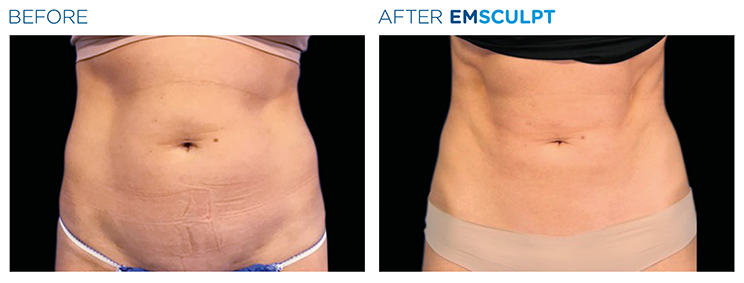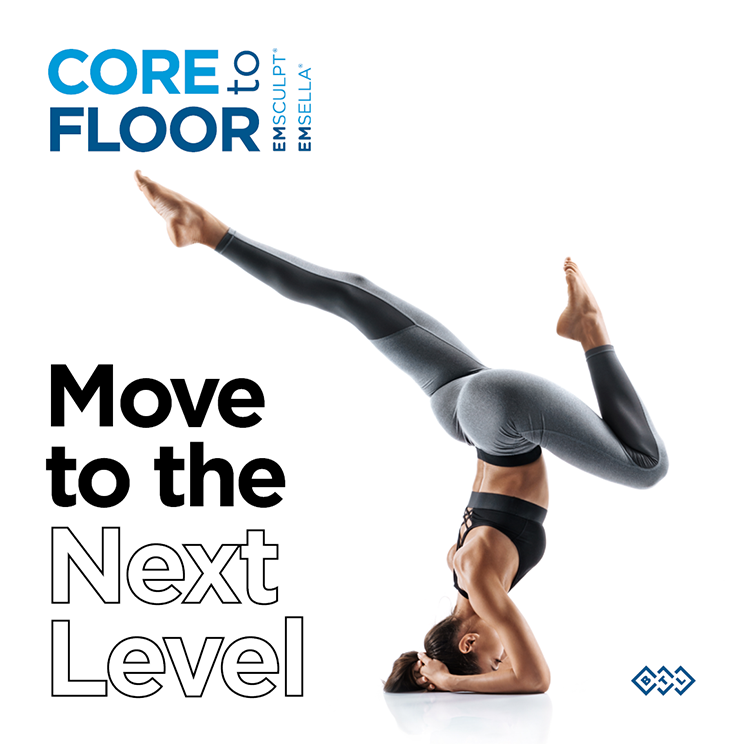How to Strengthen Your Core Muscles

Weak core muscles are often behind many health problems, even if they are not immediately recognized as the cause. Core muscles include the deep abdominal muscles, diaphragm, oblique abdominal muscles, pelvic floor muscles, and gluteal muscles. These muscles form the body’s support structure and help maintain balance, posture, and stable body control. If the core muscles are weak, it can lead to back pain, joint strain, urinary incontinence, poor posture, and even breathing difficulties.
Many people aim to tone their core by doing abdominal exercises, but results are not always achieved without a broader understanding of the body’s deep stabilizing muscles and the importance of strengthening them.
What Causes Weak Core Muscles?
Weak core muscles are most often caused by a sedentary lifestyle and lack of exercise. When much of the day is spent sitting, the core muscles are used less and gradually weaken over time. Deep abdominal muscles and pelvic floor muscles naturally activate when standing, walking, or during other active movements, while a passive sitting position prevents the natural activation of these muscles.
During pregnancy, many women experience weakening of the core muscles as the abdominal muscles stretch to accommodate the growing uterus. After childbirth, the recovery of the pelvic floor and deep abdominal muscles can be slow, making it challenging to tone the core. Men can also experience pelvic floor issues if core muscles are neglected. Another significant factor is poor posture: desk jobs and poor ergonomics can strain the back and cause back pain because the abdominal muscles do not support the spine properly.
Aging also affects the condition of the core muscles. Over the years, muscles weaken unless specific attention is paid to strengthening them. This can lead to weakness in the deep muscles, resulting in poor posture and increased strain on the back and pelvic area. Often, the oblique abdominal muscles, which support rotational movements of the torso, can also weaken, affecting body mobility and balance.

A Strong Core Consists of Multiple Muscle Groups
Weakness in core muscles can manifest in many different ways depending on which muscle groups are particularly weak. Many people associate the core mainly with the abdominal muscles, but in reality, a strong core also requires well-conditioned pelvic muscles, lower back, and gluteal muscles. These muscles work together, and strengthening each group is essential for overall body control, balance, and posture. To effectively strengthen the core, attention should be given to the following muscle groups:
- Pelvic Floor Muscles: The pelvic floor muscles play a crucial role in overall core stability. Weakness in these muscles can lead to urinary incontinence, lower back pain, and even pelvic misalignment. For both men and women, pelvic floor control is vital as it supports pelvic and lower back stability, promoting balance and proper pelvic alignment.
- Deep Abdominal Muscles: Deep abdominal muscles are the pillar of spinal support, reducing pressure on the lower back. When these muscles are weak, posture suffers, and the lower back can become painful due to increased strain. Deep abdominal muscles also support diaphragm function and breathing.
- Gluteal Muscles: The gluteal muscles are an essential part of the core support structure, helping to maintain proper pelvic alignment and supporting hip movements. Weak gluteal muscles can cause pelvic imbalance, which in turn puts stress on the lower back and knees. Strong gluteal muscles improve movement control and prevent lower limb and back pain, which is especially important in sports and daily activities.
- Oblique Abdominals and Diaphragm: Oblique abdominal muscles support rotational movements of the torso and help maintain balance while walking or running. They protect the spine during twisting motions and reduce the risk of injury. The diaphragm, involved in breathing, is vital in supporting deep muscle function as it regulates internal body pressure and helps stabilize the spine.
Long-term weakness in core muscles can lead to chronic back pain, which is challenging to treat without specific muscle care and strengthening of the stabilizing muscles. By strengthening all these muscle groups, posture, body control, and the prevention of various musculoskeletal problems can be improved.

Strengthening the Core
Here are various treatment methods that can improve core muscle strength and prevent the worsening of symptoms:
- EMSCULPT NEO: This device treatment uses two energy forms simultaneously – radiofrequency and HIFEM™, helping to build muscle and burn fat without surgery. EMSCULPT NEO is particularly effective for core toning and increasing muscle strength.
- EMSELLA Treatment: A specialized device treatment that uses electromagnetic stimulation to strengthen pelvic floor muscles. It is designed for those who want to improve pelvic floor muscle strength while toning the entire core area. Abdominal Workouts: Strengthens deep abdominal muscles that support the spine and improve posture. Exercises targeting the obliques enhance rotational stability.
- Pelvic Floor Exercises: Develops pelvic floor muscle control and prevents urinary incontinence and back pain.
- Glute Activation: Supports proper pelvic alignment and reduces stress on the lower back and pelvic area.
- Pilates: A training style that enhances body control and mobility while emphasizing core muscle strengthening.
- Diaphragm Strengthening with Breathing Exercises: Improves breathing and supports the entire core area, especially the deep abdominal muscles.
- Core Stretching: Increases mobility and reduces stiffness in the core area, aiding recovery and injury prevention.
- Physiotherapy: Provides personalized guidance and treatment for core strengthening with customized exercises.

Combination Treatments
- Core to Floor: A treatment concept that combines EMSCULPT™ NEO and EMSELLA™ treatments, offering a comprehensive approach to strengthening core muscles and the pelvic floor. Together, these methods effectively enhance muscle toning and improve core support.
With these treatment methods, it is possible to strengthen core muscles, improve posture, and prevent long-term pain conditions.
MESQ®
DoctusPlus Oy:n aputoiminimi
Yritys
DoctusPlus Oy
Y-tunnus
3154088-6
Käyntiosoite
Itämerenkatu 11-13 F, 00180 Helsinki
Puhelin
Sähköposti
Aukioloajat
Ma – Pe 11:00 – 19:00